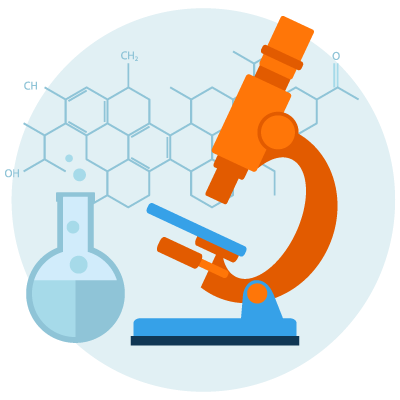
Multiple sclerosis (MS) affects more than 33,000 Australians. While current treatments can reduce symptoms in some types of MS, they do not prevent long term damage and they do not work in all people with MS.
Neurons extend long conduits called axons which they use to transmit electrical signals. In healthy brains, these axons are wrapped in a substance called myelin which insulates and protects them. In MS, uncontrolled inflammation in the brain causes damage to the myelin (demyelination) leaving the axons exposed to damage, and if they are not efficiently re-wrapped with myelin (remyelination) they can be destroyed. Over many years axons and neurons are destroyed in people with MS, leading to permanent damage and subsequent disability. New treatments that protect and repair the brain are desperately needed to prevent this disease progression.
Microglia are caretaker brain cells responsible for regulating damaging inflammation. Microglia can be either damaging or protective depending on the context in which they encounter inflammation. Protective microglia promote remyelination and protect axons in MS, thus they are an excellent target for the development of new treatments for MS. However, there are currently no treatments that stimulate microglia to become more protective. This project focuses on understanding the roles of microRNA, a kind of molecular control switch in the microglia that can cause them to become protective and thus repair inflammatory damage. This research will open new avenues to novel therapies that reduce symptoms through promoting remyelination and protecting axon protection and prevent long term damage and disability in people with MS.
Dr Sarrabeth Stone’s preliminary data has identified numerous microRNA as candidates for promoting myelin repair by controlling microglial function. Her research has focused on identifying which of these candidates are the most promising targets for promoting myelin repair. To do this, she first looked at the levels of these candidate microRNAs during myelin damage and repair using a laboratory model. From this, she identified multiple microRNAs that exhibited altered levels in microglia.
Dr Stone is now using cell-based models to assess the effect of these microRNAs on inflammation and the remyelinating role of microglia.
This work will help move the study forward into preclinical laboratory models and will hopefully pave the way for therapies that promote remyelination and protection of nerves.
Updated: 31 March 2023
Updated: 14 February, 2022

Laboratory research that investigates scientific theories behind the possible causes, disease progression, ways to diagnose and better treat MS.

Research that builds on fundamental scientific research to develop new therapies, medical procedures or diagnostics and advances it closer to the clinic.

Clinical research is the culmination of fundamental and translational research turning those research discoveries into treatments and interventions for people with MS.

